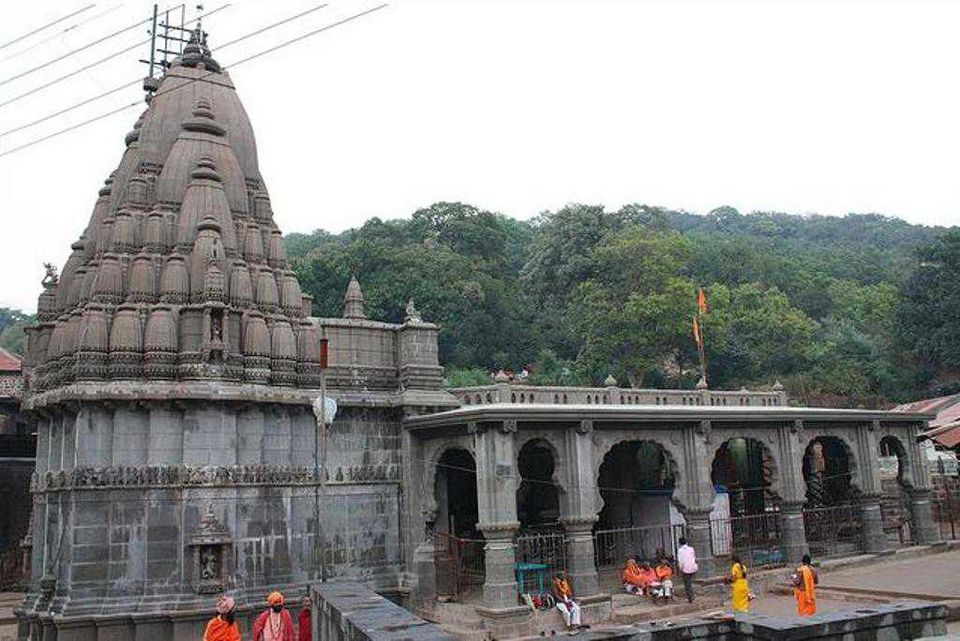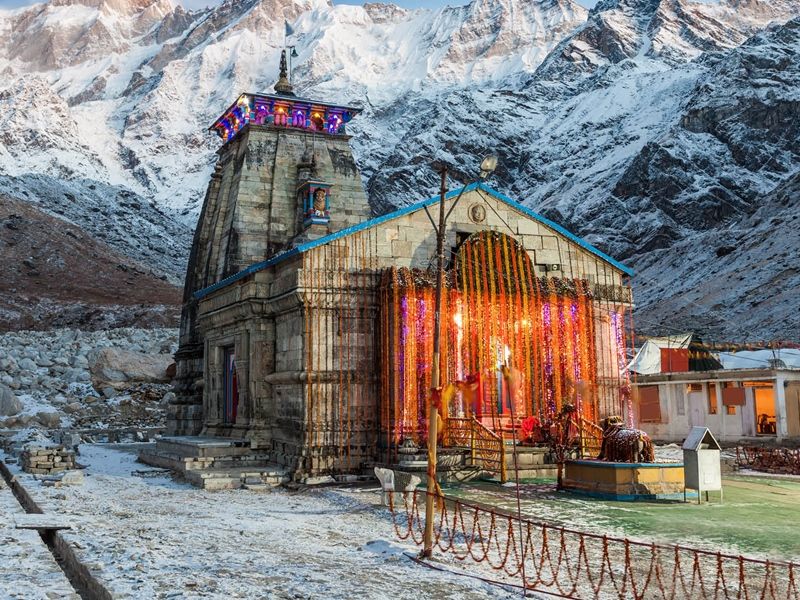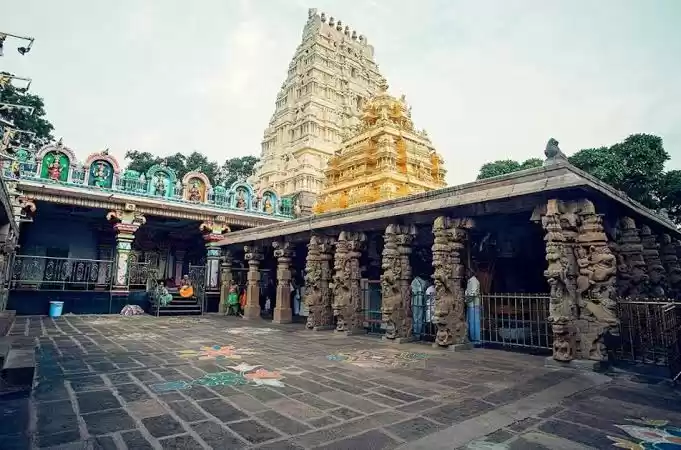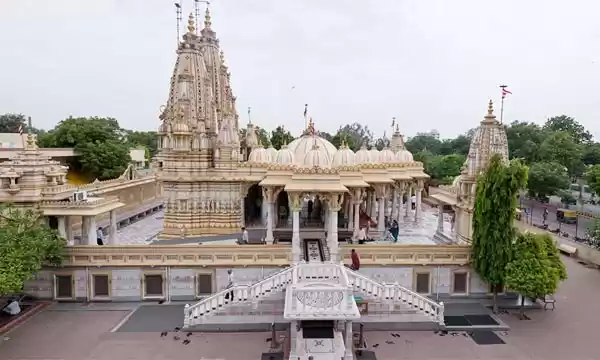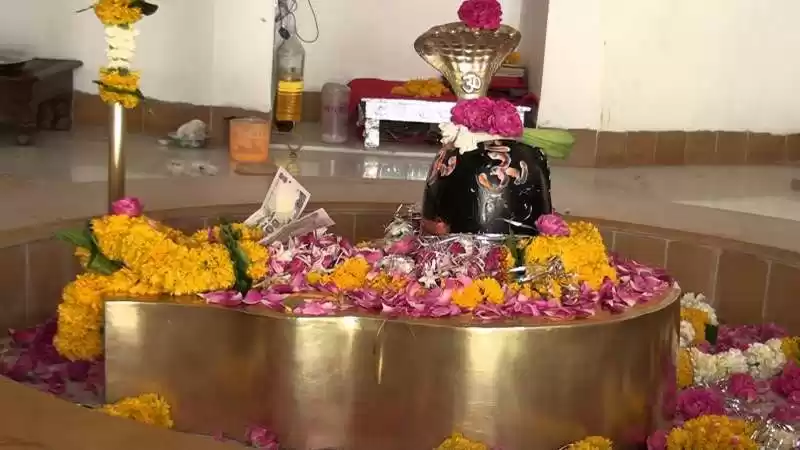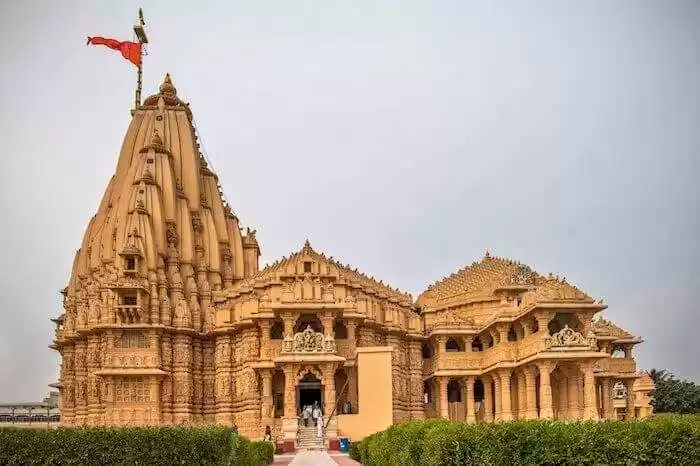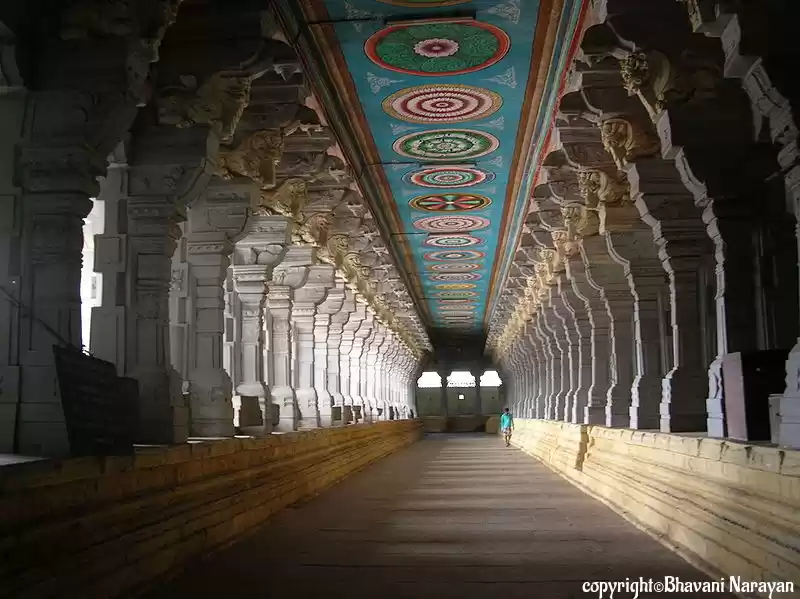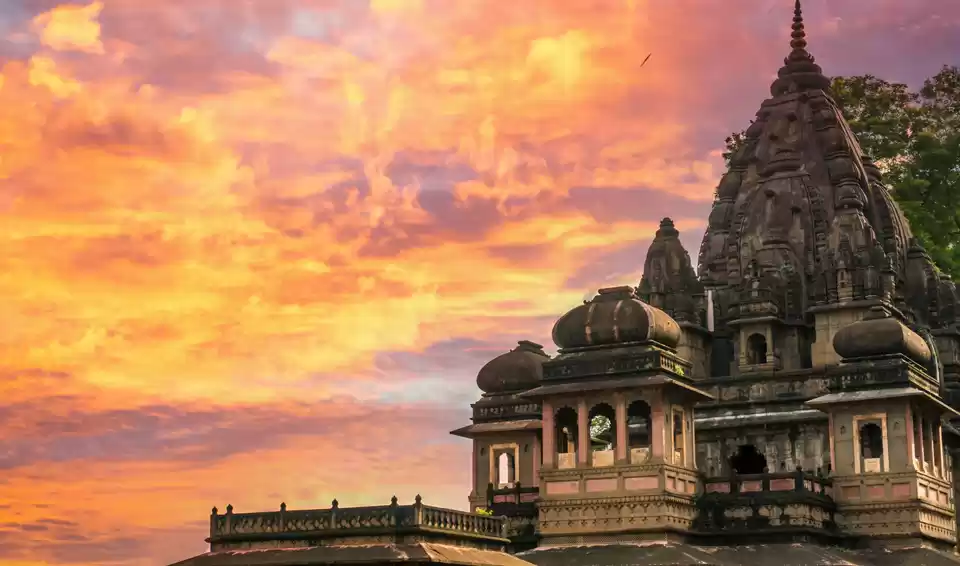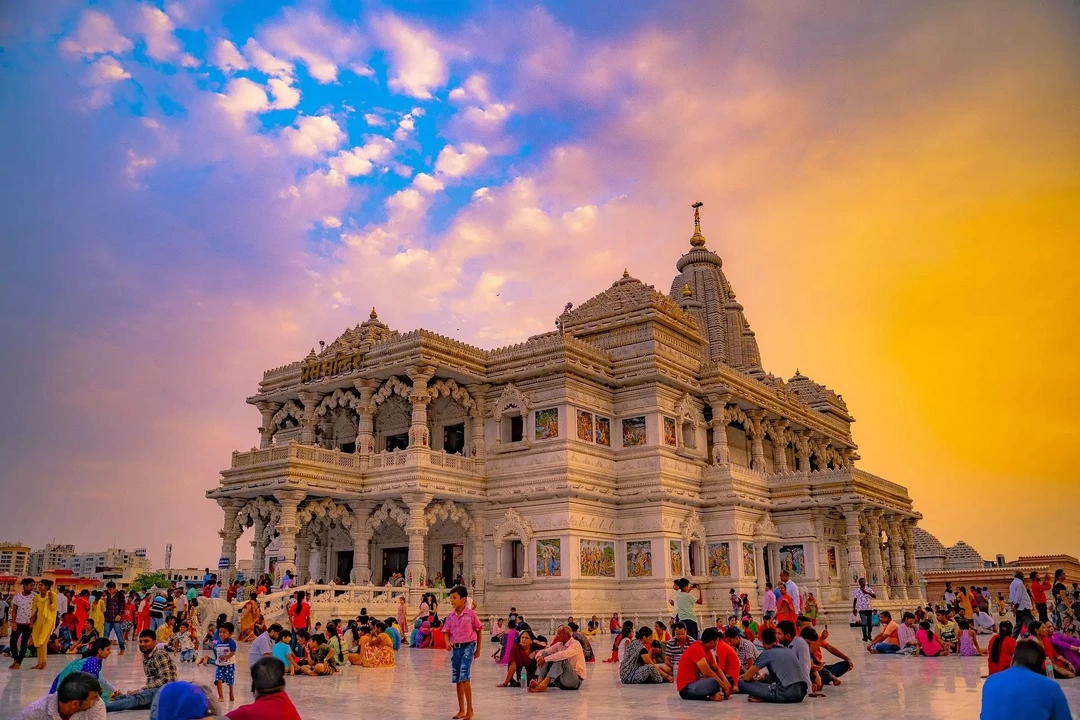According to our Shiva Mahapurana, one day Vishnu and Brahma had an argument over their superiority. Shiva appeared in front of them in the form of a raging fire and asked them to each find the tip of the fire. Whoever reaches the tip would be superior between the two. Brahma went upwards and Vishnu downwards in search of the tip, however Shiva increased the length of the flaming fire continuously. After thousands of miles, Vishnu conceded defeat and returned. Brahma was getting exhausted and, on the way, saw the Ketaki flower. He made Ketaki agree to lie that Brahma had indeed reached the top where the flower had resided and got the flower from there. When Brahma confronted Vishnu with Ketaki, Shiva appeared in his true form in front of them. Shiva was angered by Brahma’s lie and cursed him that he would never be worshipped and also banned the Ketaki flower from being offered for worship. The Fire form which Shiva took later cooled into the Arunachala hill in Tiruvannamalai, Tamil Nadu – “Aruna” means Red (fire) and “Achala” means steady immovable; mountain. The hill is worshipped as Lord Shiva himself and devotees take the 14km parikrama/pradakshina (Girivalam) barefoot around the hill to worship the Lord.

The JYOTIRLINGA shrines are temples where Lord Shiva appeared as this fiery form of light.
There are 64 jyotirlingas, while 12 of them are most auspicious. Each of these twelve jyotirlinga sites take the name of the presiding deity, each considered a different manifestation of Shiva.
The twelve jyotirlinga are:
1. Somnath in Gir Somnath, Gujarat
2. Mallikarjuna in Srisailam, Andhra Pradesh
3. Mahakaleswar in Ujjain, Madhya Pradesh
4. Omkareshwar in Khandwa, Madhya Pradesh
5. Kedarnath in Rudraprayag, Uttarakhand
6. Bhimashankar in Maharashtra
7. Vishwanath in Varanasi, Uttar Pradesh
8. Trimbakeshwar in Nashik, Maharashtra
9. Baidyanath in Deoghar, Jharkhand
10. Nageshvara in Dwarka, Gujarat
11. Ramanathaswamy in Rameshwaram, Tamil Nadu
12. Grishneshwar in Aurangabad, Maharashtra



